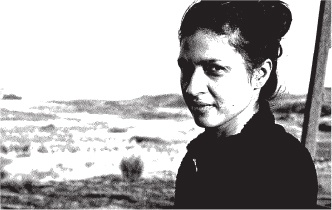An important criterion when choosing an image file format is the supported color depth. This determines the number of possible colors for each pixel (expressed in n bits). More bits mean more colors, but also increased storage requirements. The number of colors that can be displayed for a given color depth equals 2(color depth in bits).
The color depth of an image file is not permanently fixed and can be changed in the editor. This can easily lead to loss of image quality. Typical image editors work with either 8-bit or 16-bit color depth.
Adobe’s Photoshop CS was the first image editing software to work almost exclusively with 16-bit color depth, although many of its functions only worked with 8-bit images. The CS2 and CS3 versions of the program have redressed the balance, and it is now possible to work in 16-bit without restrictions. Professional image processing has, however, moved on, and Photoshop CS3 already supports 32-bit color depth for HDR (High Dynamic Range) images. 32-bit color depth is currently not a significant factor in scanning processes, and most likely this situation will not change in the near future.
Images should always be scanned at the highest color depth available for the specific scanner. Only then will all the image information that was captured by the scanner be available for further processing.
1-Bit Color Depth
With a color depth of 1 bit, the computer has only a single bit for each pixel available, which translates to only two colors (i.e., black and white). This makes sense for text and line art only.
8-Bit Grayscale
This is a common standard for many file formats. Each pixel can have one out of 28 = 256 levels.
8-Bit in RGB Color Space = 24-Bit Total
With a color depth of 1 byte, the computer gets 8 bits per color channel for each pixel. There are three color channels, one for each of the primary colors: red, green and blue.
Thus, the number of all displayable colors in this mode is 28 × 28 × 28 = 224 = 16.777.216 colors. Although each color channel has only 256 colors, the combination of the three channels makes over 16 million colors. It would be more correct to call it 24-bit color depth or 8 bits/channel, but it is often called 8-bit, which can be confusing.



